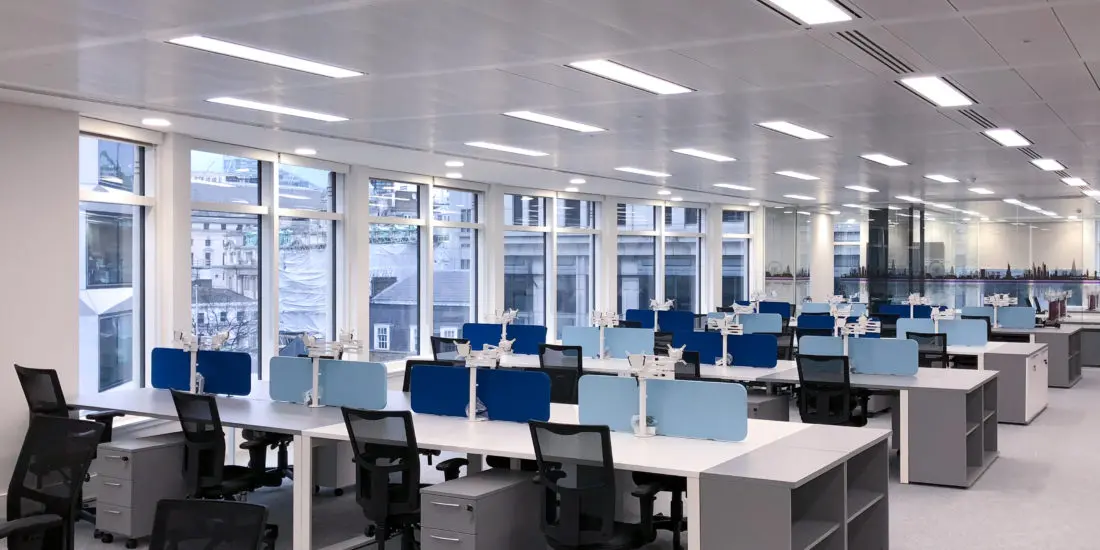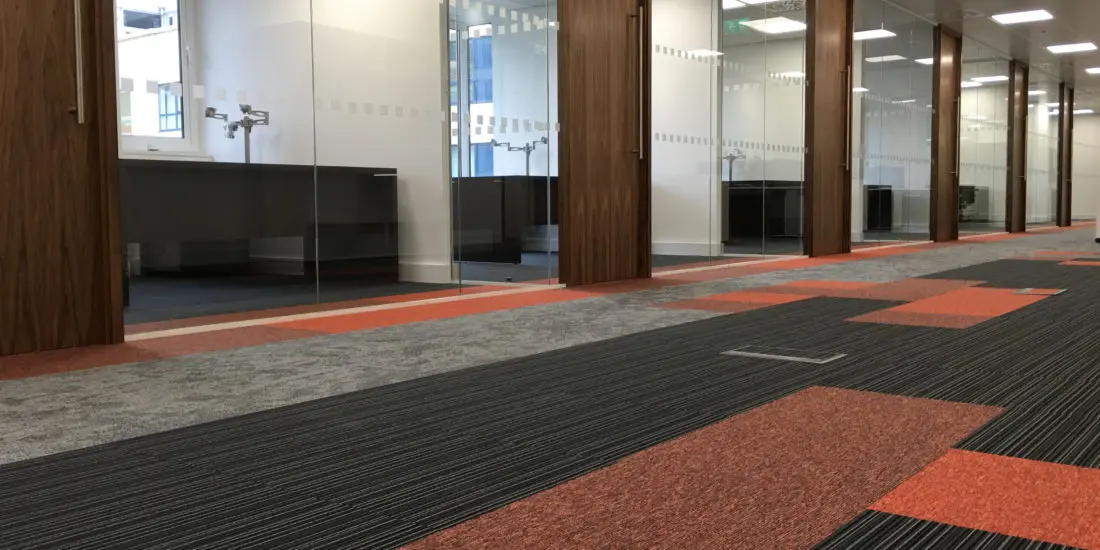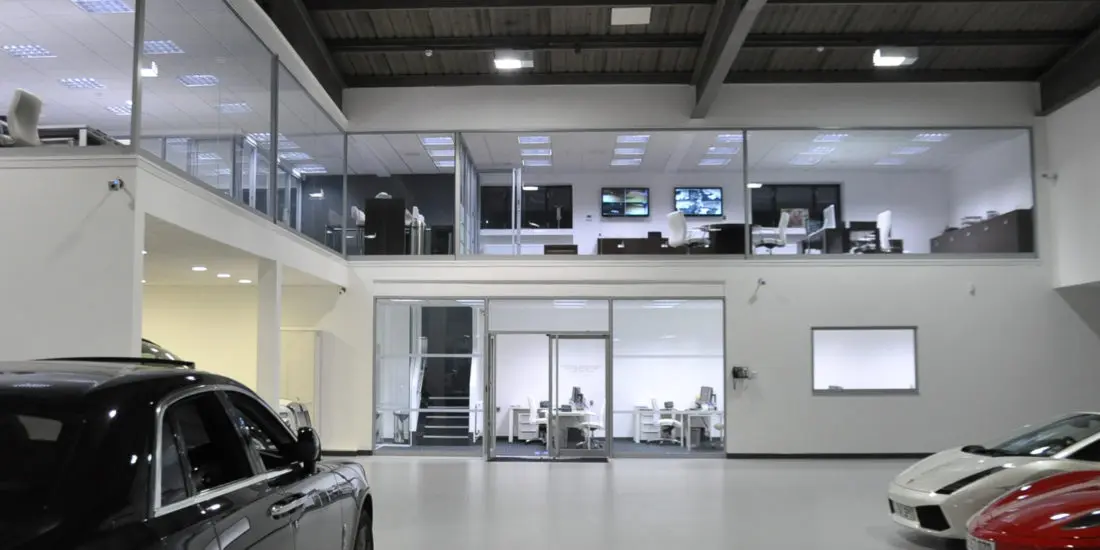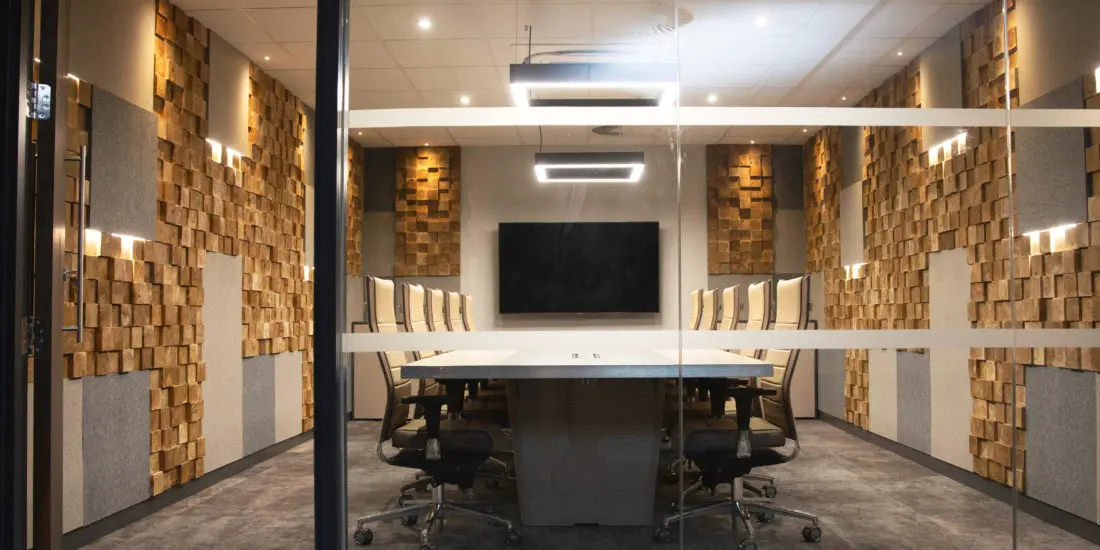Ergonomic office designs are concerned with the user’s entire environment, and alterations are made to make it more pleasant for them to utilize. Furthermore, Ergonomics is prepared to position our working environment in a comfortable manner for our employees. When we say “comfortable,” we don’t mean nice working circumstances; rather, we’re talking about things like “is this conveyor belt positioned at a height that will lead the majority of people to stop working and the others to develop a repetitive strain injury?”
As a result, the importance is tied to fostering a workplace that addresses the worker’s health and welfare with the goal of requiring less time off for work-related injuries and comfort in the sense that keeping a healthy working environment helps with employee retention. It is just as crucial to the modern office as it is to every office that has ever existed or will exist in the future. The equipment and furniture should be designed and laid out in such a way that they can be used efficiently over time. Even more than for the job function, this is efficient and comfortable for the individuals.
Ergonomics office design, in its broadest meaning, influences all of our professional activities, from simple tasks like sitting and writing at a desk or lifting and carrying a load to more complex procedures like nuclear power plant control. The application of ergonomics concepts to all work tasks is therefore critical to excellent occupational health and safety practice.
The scientific study of the link between man and his working environment is known as ergonomics. In this sense, the term “environment” refers not only to the physical surroundings in which someone may work, but also to his tools and materials, work practices, and work structure, whether as an individual or as part of a team. All of this is tied to the man’s nature; his strengths, capacities, and limitations.
Ergonomics is affected by a wide range of scientific disciplines and technological advances. Anatomy and physiology teach us about the structure and function of the human body. Anthropometry is the measurement of a person’s body size. Physiological psychology is concerned with the functioning of the brain and nerve system. The purpose of experimental psychology is to define human behaviour’s boundaries. Industrial medicine can help detect job circumstances that may be dangerous to the human body.
Knowledge of the working conditions will be gained through physics and, to a lesser extent, engineering. The primary research efforts are concentrated on these areas, the results of which, along with the knowledge collected, form the foundation of ergonomics. Regardless of how important it is, research is simply one aspect of the issue.














